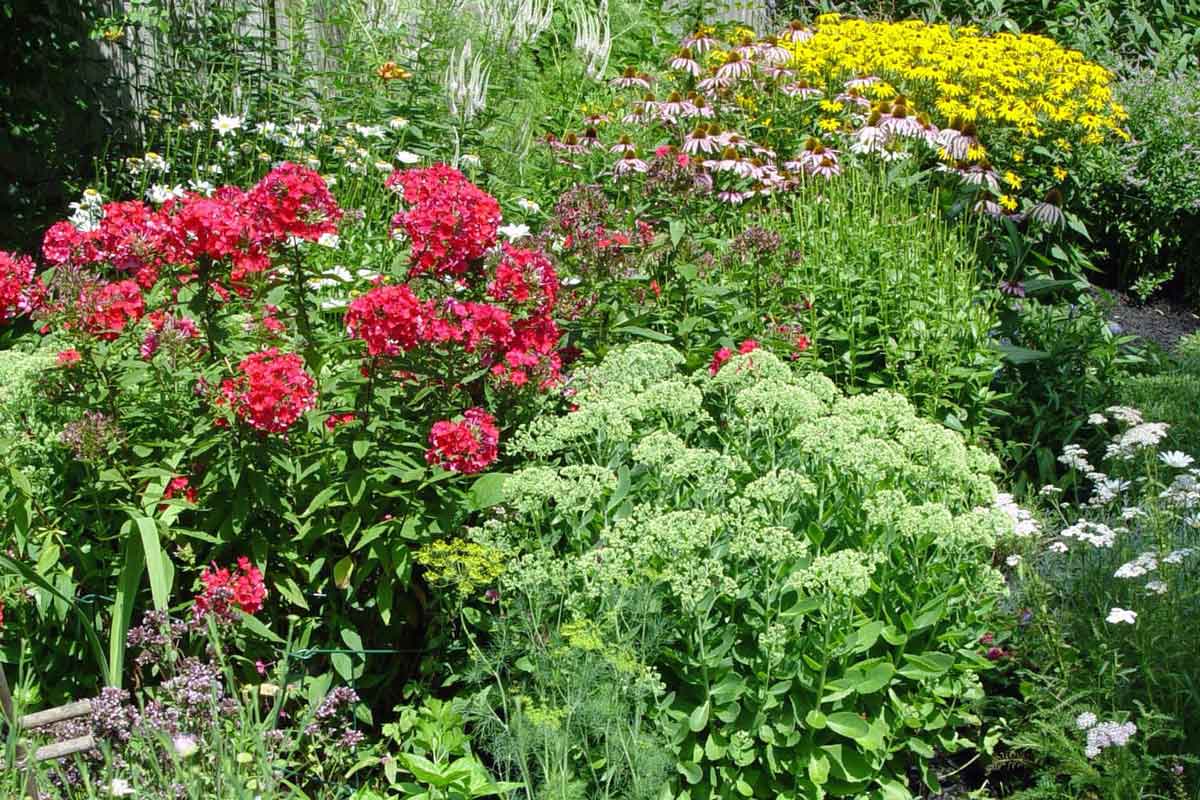How it Works: Preen Garden Weed Preventers
Here's how our Garden Weed Preventers prevent weeds before they even sprout rather than killing them after they’ve already had the chance to grow.
Many plants suffer in the heat of the summer. Learn what types of perennials can weather the heat and how you can help your plants survive the summer.
Parts of the U.S. sizzle under triple-digit heat for weeks on end in summer, which isn’t a happy situation if you’re a plant that can’t hide out in air-conditioning until September. And, though they might not reach the hundreds, most states run into at least a few summertime spells where daytime highs reach the 90s.
Since 86 degrees is the tipping point where botanists say many plants begin to suffer, summer can be a widespread testing time for perennial flowers – especially ones that don’t have the genetics to withstand heat. In fact, excess heat is a more insidious and underrated plant menace than cold, which can kill plants in short order.
Heat can cause flower buds to wither, slow, or shut down chlorophyll production (robbing plants of energy and healthy green color). In addition, heat increases water needs, and creates subtle changes in plant leaves, making them more vulnerable to bug attacks. Too-hot soil can also harm plants by causing slow root activity and stunting plant growth.
Lack of rain, which often accompanies summer heat spells, only compounds the trouble.

Phlox Susans | © George Weigel
Fortunately, many plants have evolved long enough in super-hot areas to develop heat-tolerating measures. Among these measures is growing thorns, leaf hairs, and even waxy leaf coatings to conserve moisture, as well as using silver, gray, and blue leaf coloring to reflect light.
With these changes, gardeners now have a healthy choice of perennials that are both tolerant of freezing winters and able to deal with weeks of 90-degree summer days.
In really hot regions (think Texas and Arizona), varieties are available that can take even more heat but are winter-hardy only to Zones 7 or 8. These varieties include:
Finally, the perennials that usually suffer or fail in hot, humid areas are ones native to cooler regions. Some of these cool-weather plants are:
If you want to maximize the heat tolerance of any of your perennials here are four steps you can take:

Astilbe | © George Weigel